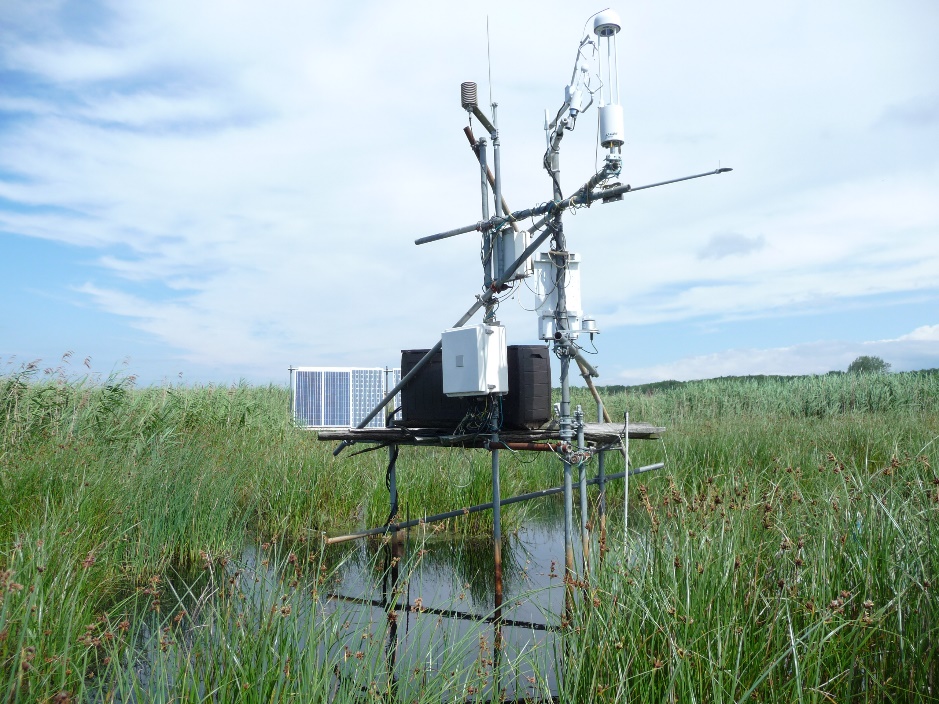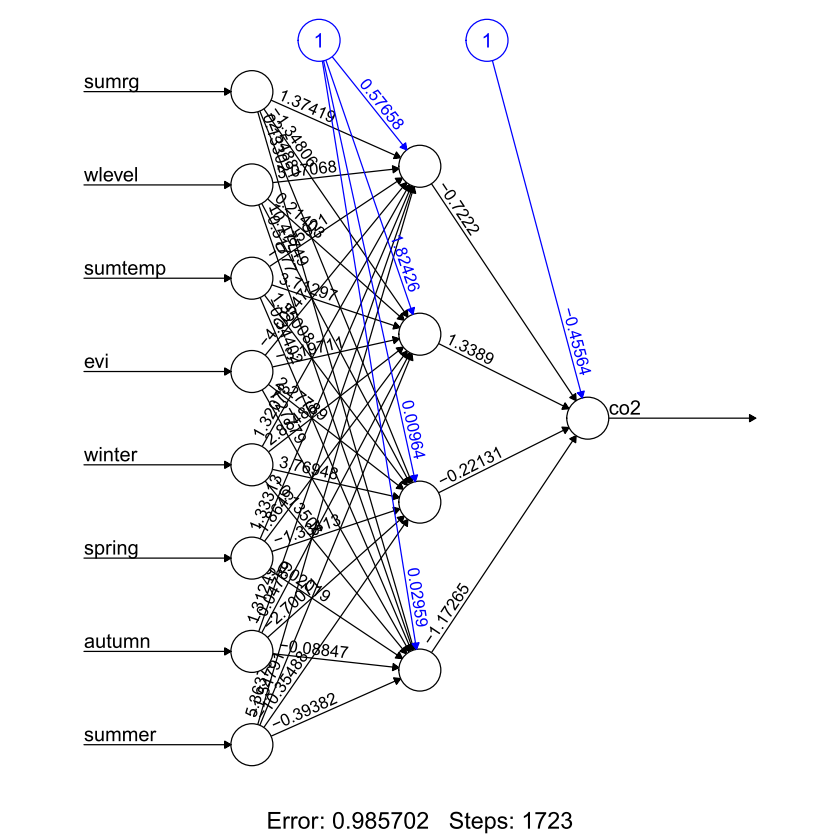Hütelmoor


In this rewetted coastal fen located close to the city of Rostock, the Department of Landscape Ecology has been measuring methane and carbon dioxide emissions since 2008. Here, we are closely cooperating with microbiologists, vegetation ecologists and remote sensing specialists to better understand the complex ecosystem processes that influence the climate impact of the fen. Thereby, we could already investigate the effects of rewetting and climate extreme events, and the consequences of the brackish water inflow the Baltic Sea in January 2019.
The comprehensive Eddy-Covariance data set will also be used to develop new methodological approaches for data processing and analysis. These include, for example, gap filling techniques for greenhouse gas budgeting and the application of time series analysis tools for the investigation of emission patterns.
Hütelmoor publications of the department
Koebsch, F., Winkel, M., Liebner, S., Liu, B., Westphal, J., Schmiedinger, I., ... & Unger, V., 2019. Sulfate deprivation triggers high methane production in a disturbed and rewetted coastal peatland. Biogeosciences, 16(9), 1937-1953, doi: 0.5194/bg-16-1937-2019. article
Wen, X., Unger, V., Jurasinski, G., Koebsch, F., Horn, F., Rehder, G., ... & Böttcher, M. E., 2018. Predominance of methanogens over methanotrophs in rewetted fens characterized by high methane emissions. Biogeosciences, 15(21), 6519-6536, doi:10.5194/bg-15-6519-2018.(selected as journal highlight article)article
Koch, M., Koebsch, F., Hahn, J., & Jurasinski, G., 2017. From meadow to shallow lake: Monitoring secondary succession in a coastal fen after rewetting by flooding based on aerial imagery and plot data. Mires & Peat, 19, doi: 10.19189/MaP.2015.OMB.188. article
Koebsch, F., Jurasinski, G., Koch, S., Hofmann, J., Glatzel, S., 2015. Controls for multi-scale temporal variation in ecosystem methane exchange during the growing season of a permanently inundated fen. Agricultural and Forest Meteorology: 204, 94-105, doi:10.1016/j.agrformet.2015.02.002. article
Hahn, Köhler, Glatzel, Jurasinski (2015): Methane Exchange in a Coastal Fen in the First Year after Flooding - A Systems Shift. PLoS ONE 10(10), e0140657. doi.org/10.1371/journal.pone.0140657article
Koch, S., Jurasinski, G., Koebsch, F., Koch, M., Glatzel, S., 2014. Spatial variability of annual estimates of methane emissions in a Phragmites australis (Cav.) Trin. ex Steud. dominated restored coastal brackish fen. Wetlands, 34, 593-602, doi:10.1007/s13157-014-0528-z. article
Koebsch, F., Glatzel, S., Jurasinski, G. 2013: Vegetation controls methane emissions in a coastal brackish fen. - Wetlands Ecology and Management, 21, 5, 323-337.
doi.org/10.1007/s11273-013-9304-8articleKoebsch, F., Glatzel, S., Hofmann, J., Forbrich I., Jurasinski G., 2013. CO2 exchange of a temperate fen during the conversion from moderately rewetting to flooding. Biogeosciences: 118, 1-10, doi:10.1002/jgrg.20069. article
Glatzel, S., Koebsch, F., Beetz, S., Hahn J., Richter, P., Jurasinski, G., 2011. Maßnahmen zur Minderung der Treibhausgasfreisetzung aus Mooren im mittleren Mecklenburg. Telma. 4, 85-106. article
The Hütelmoor is the core site of the DFG Research Training Group Baltic Transcoast and a member of TERENO (Terrestrial Environmental Observatories) Northeastern German Lowland for the long-term study of global change at the regional level. We make our processed research data available for further use in synthesis studies. The data set can be found here under the site ID DE-Hte or can be requested directly from us.
